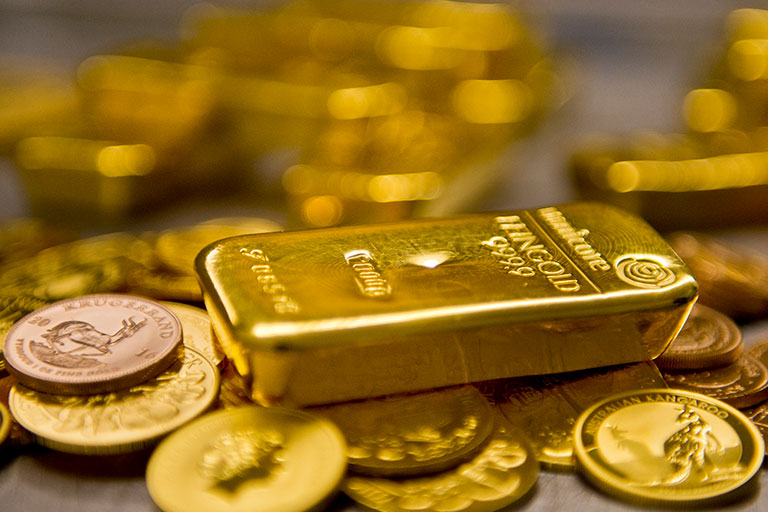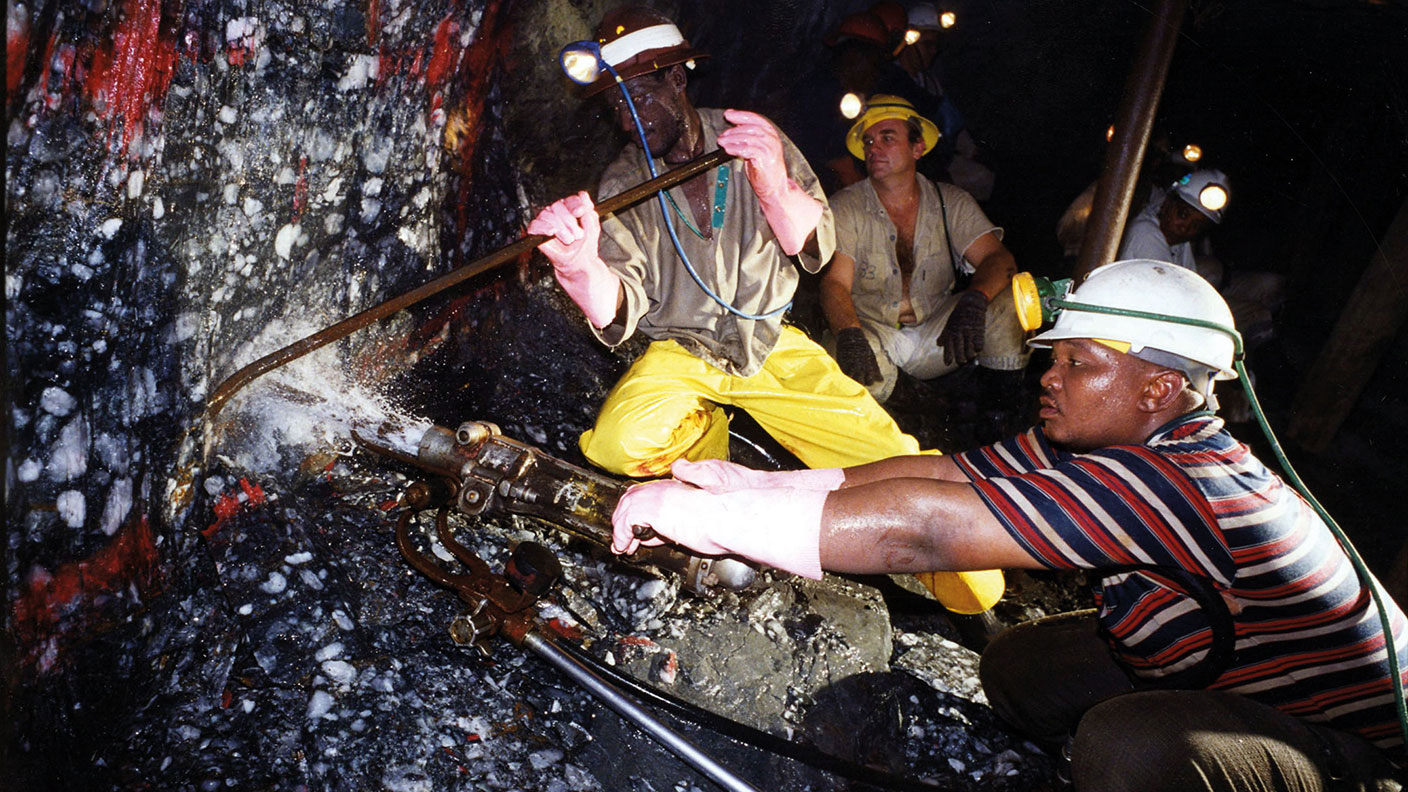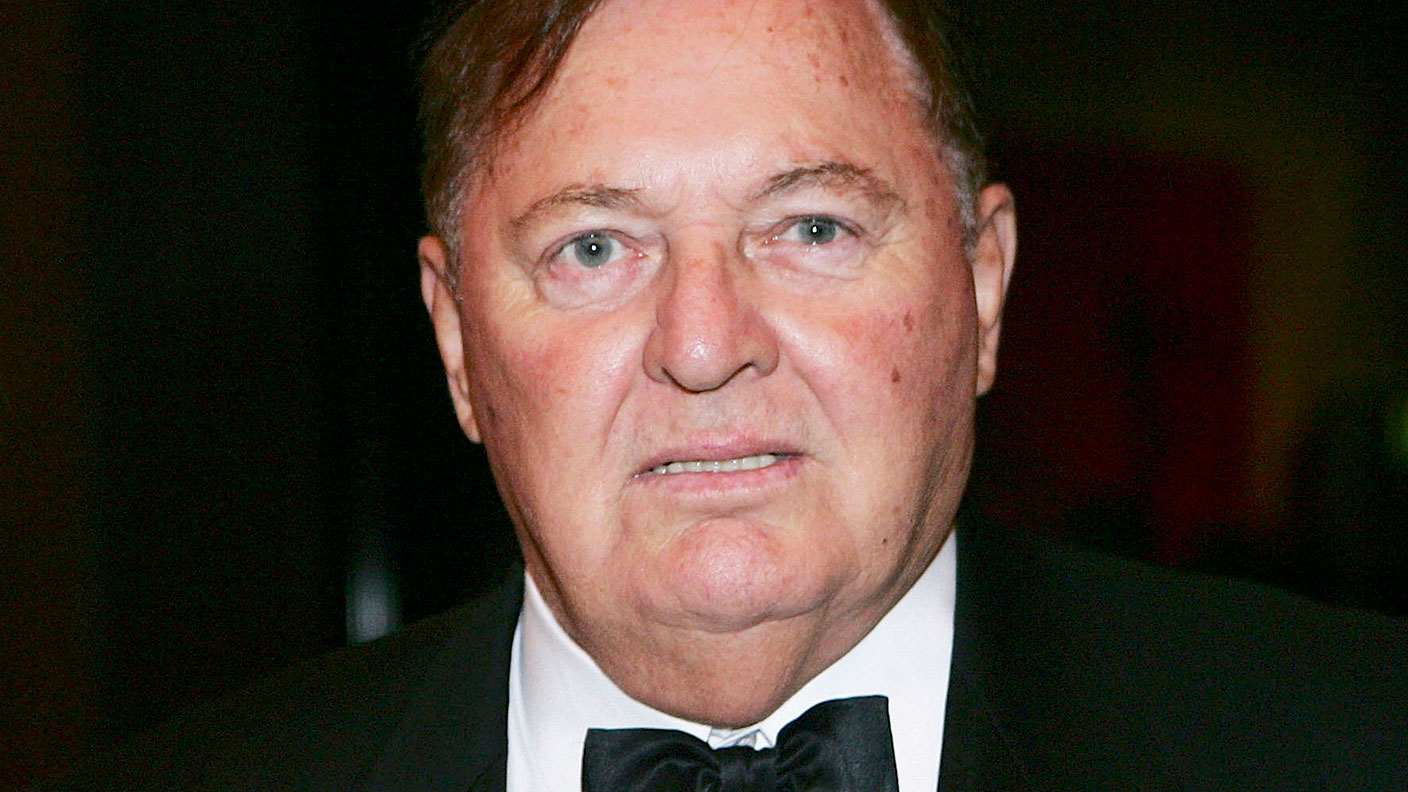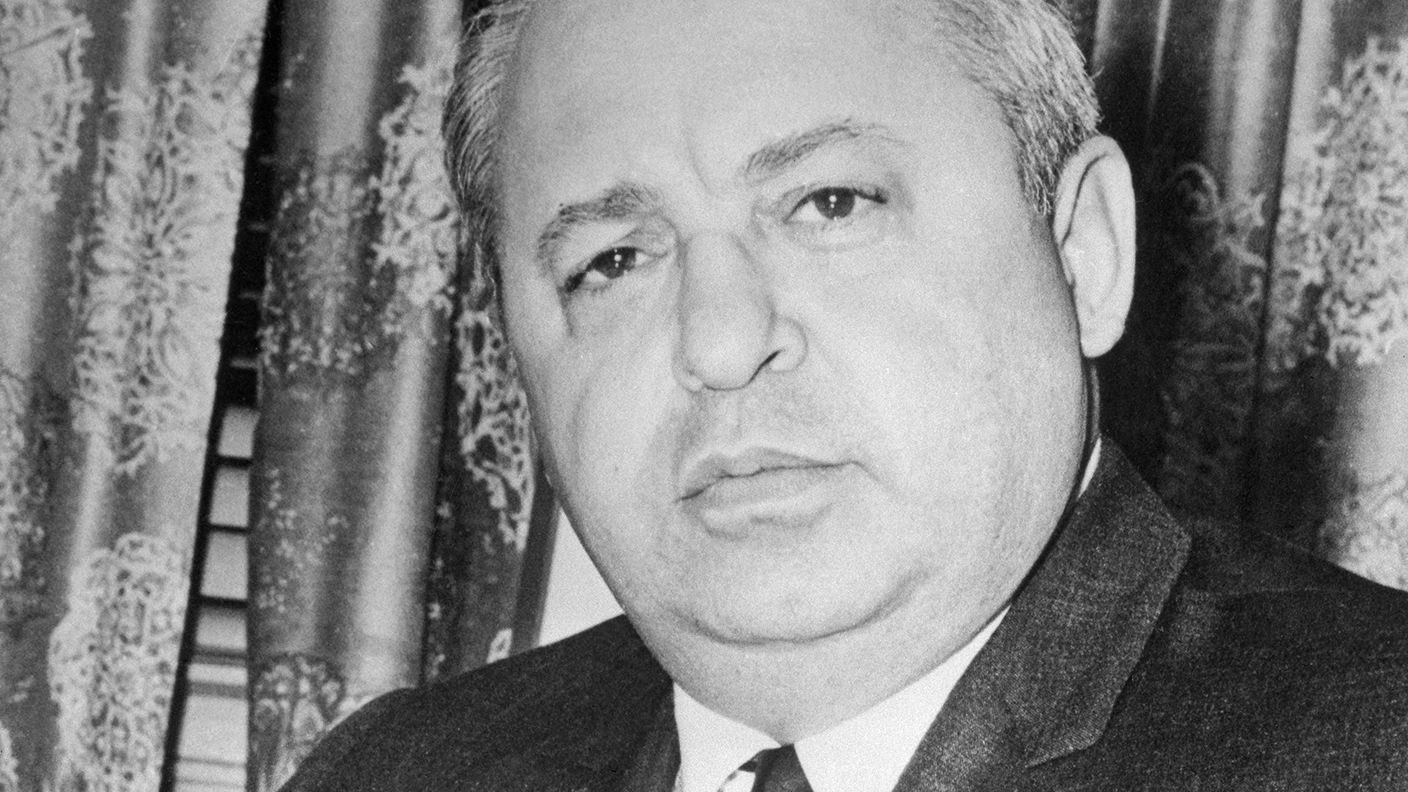Great frauds in history: the Bre-X gold-mining scandal
Matthew Partridge looks at what we can learn from the Bre-X gold mining scandal that cost investors $75m.


Bre-X Minerals was a mining firm founded by David Walsh in 1989, and originally listed on the Alberta Stock Exchange (it later moved to the Toronto Stock Exchange). In 1993 Walsh bought land in the Philippines on the advice of geologist John Felderhof (pictured). In 1995 Michael de Guzman, who oversaw the project, announced he had discovered gold in the area. This caused the firm's shares to rise by the summer of 1996 to a peak of nearly 1,000 times from their original flotation level (adjusted for stock splits), giving the former penny stock a market capitalisation of $6bn.
What was the scam?
As is standard in the mining industry, Bre-X's claims about its "discovery" were based on samples of rock drilled from the land it had acquired, which contained a relatively large amount of gold. It later emerged that someone at Bre-X (possibly de Guzman) was "salting" the samples by adding gold flakes to them. Despite implying that its estimates were verified by a respected Canadian engineering firm, Bre-X kept all testing in-house and destroyed the samples.
What happened next?
Bre-X's deception came to light when an attempt by Barrick Gold to take over the site led Bre-X to agree to a joint venture with the Freeport-McMoran mining firm and an Indonesian fixer. Shortly after the deal was announced, a mysterious fire destroyed the firm's records.
MoneyWeek
Subscribe to MoneyWeek today and get your first six magazine issues absolutely FREE

Sign up to Money Morning
Don't miss the latest investment and personal finances news, market analysis, plus money-saving tips with our free twice-daily newsletter
Don't miss the latest investment and personal finances news, market analysis, plus money-saving tips with our free twice-daily newsletter
De Guzman supposedly fell from a helicopter en route to meet with Freeport's executives (one of his ex-wives would claim he was still sending her money after his supposed death). Shortly afterwards Freeport announced it had found insignificant amounts of gold; this was confirmed by independent analysis. In May 1997, Bre-X filed for bankruptcy.
Lessons for Investors
In June 1998 Walsh suddenly died of an aneurysm. Despite selling up to $75m worth of stock before it collapsed, Felderhof was acquitted of fraud and managed to block a class-action lawsuit against him. Further lawsuits against the company returned such a nugatory amount it was donated to charity. The whole episode shows that investing in mining stocks, especially on lightly regulated exchanges such as the Toronto Stock Exchange, is always risky, especially if there is no independent verification of geological finds. It's useful to check to see whether insiders are selling their shares.
Get the latest financial news, insights and expert analysis from our award-winning MoneyWeek team, to help you understand what really matters when it comes to your finances.

-
 Why you fear money – and how to fix it: MoneyWeek Talks
Why you fear money – and how to fix it: MoneyWeek TalksPodcast MoneyWeek's digital editor, Kalpana Fitzpatrick, speaks to financial psychotherapist Vicky Reynal about how to change your money mindset for the better.
-
 How cancelling unused direct debits could boost your pension by £37,000
How cancelling unused direct debits could boost your pension by £37,000A new year refresh of your spending could save you money and help boost your pension pot.
-
Christopher Columbus Wilson: the spiv who cashed in on new-fangled radios
Profiles Christopher Columbus Wilson gave radios away to drum up business in his United Wireless Telegraph Company. The company went bankrupt and Wilson was convicted of fraud.
-
 Great frauds in history: Philip Arnold’s big diamond hoax
Great frauds in history: Philip Arnold’s big diamond hoaxProfiles Philip Arnold and his cousin John Slack lured investors into their mining company by claiming to have discovered large deposit of diamonds. There were no diamonds.
-
Great frauds in history: John MacGregor’s dodgy loans
Profiles When the Royal British Bank fell on hard times, founder John MacGregor started falsifying the accounts and paying dividends out of capital. The bank finally collapsed with liabilities of £539,131
-
Great frauds in history: the Independent West Middlesex Fire and Life Assurance Company's early Ponzi scheme
Profiles The Independent West Middlesex Fire and Life Assurance Company (IWM) offered annuities and life insurance policies at rates that proved too good to be true – thousands of policyholders who had handed over large sums were left with nothing.
-
 Great frauds in history: Alan Bond’s debt-fuelled empire
Great frauds in history: Alan Bond’s debt-fuelled empireProfiles Alan Bond built an empire that encompassed brewing, mining, television on unsustainable amounts of debt, which led to his downfall and imprisonment.
-
 Great frauds in history: Martin Grass’s debt binge
Great frauds in history: Martin Grass’s debt bingeProfiles AS CEO of pharmacy chain Rite Aid. Martin Grass borrowed heavily to fund a string of acquisitions, then cooked the books to manage the debt, inflating profits by $1.6bn.
-
 Great frauds in history: Tino De Angelis’ salad-oil scam
Great frauds in history: Tino De Angelis’ salad-oil scamProfiles Anthony “Tino” De Angelis decided to corner the market in soybean oil and borrowed large amounts of money secured against the salad oil in his company’s storage tanks. Salad oil that turned out to be water.
-
 Great frauds in history: Gerard Lee Bevan’s dangerous debts
Great frauds in history: Gerard Lee Bevan’s dangerous debtsProfiles Gerard Lee Bevan bankrupted a stockbroker and an insurer, wiping out shareholders and partners alike.